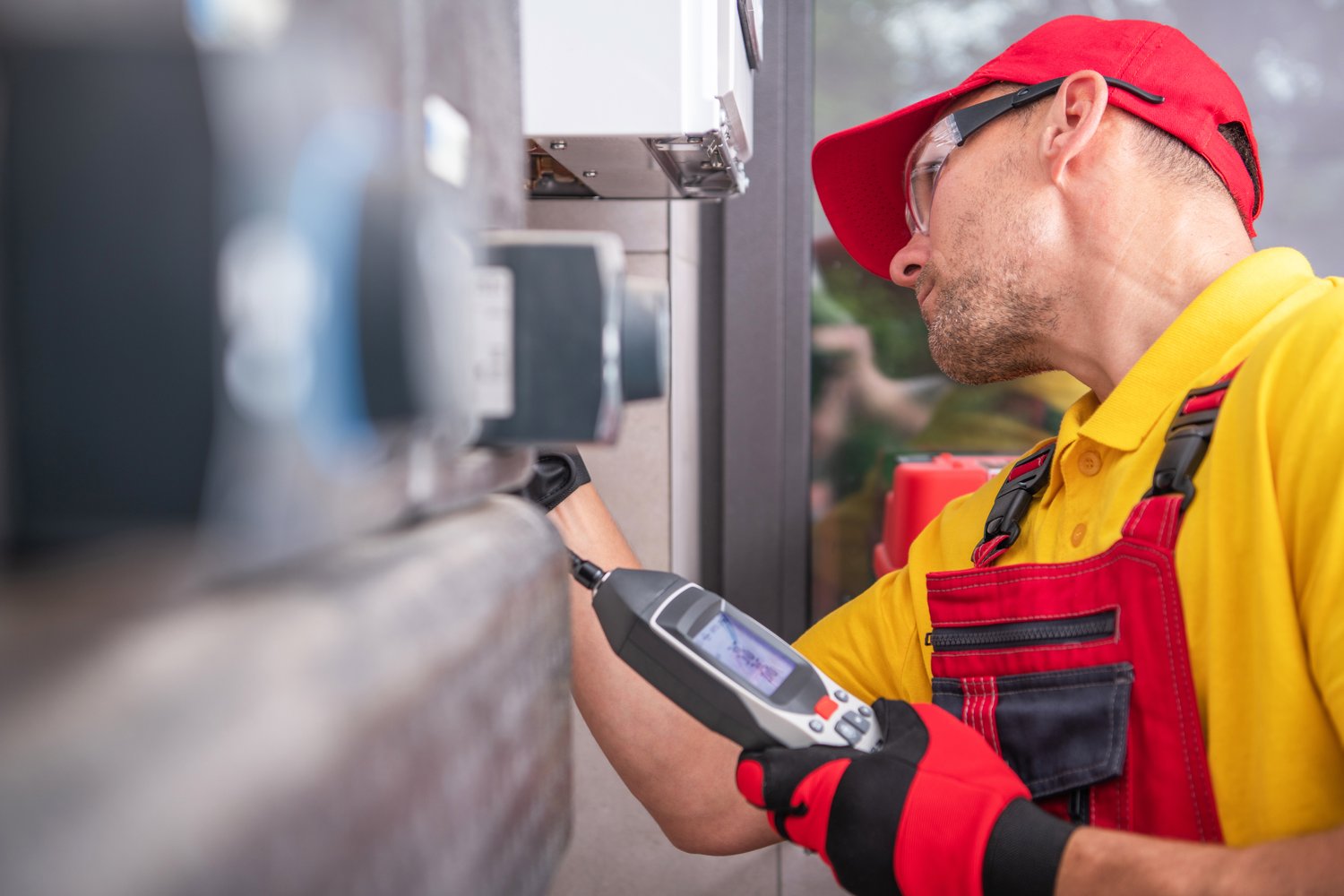Choosing the right HVAC system for your home can significantly impact both your comfort and your utility bills. With various types of HVAC systems available on the market today, understanding the differences between furnaces, heat pumps, central air conditioners, and ductless mini-splits is essential for making an informed decision. Each system has unique advantages and limitations based on your climate, home structure, and personal preferences. This guide will walk you through the most common heating and cooling technologies to help you navigate your options.
Traditional Furnace Systems
Furnaces remain the most common heating system in North American homes, especially in colder regions. These systems work by burning fuel (typically natural gas, propane, or oil) or using electricity to generate heat, which is then distributed throughout your home via ductwork. Gas furnaces are particularly popular due to their efficiency and relatively low operational costs compared to electric models.
Modern furnaces offer impressive efficiency ratings, with some high-efficiency models converting up to 98% of their fuel into usable heat. When comparing furnace vs heat pump options, furnaces generally provide higher heat output in extremely cold climates, making them ideal for northern regions. However, they only provide heating, so most homes pair them with a separate air conditioning system for year-round comfort.
The lifespan of a well-maintained furnace typically ranges from 15 to 20 years, though this varies based on usage patterns and maintenance habits. One downside to consider is that combustion-based furnaces require proper ventilation to prevent carbon monoxide buildup, making regular safety inspections crucial.
Heat Pump Technology
Heat pumps represent a versatile alternative to traditional furnace and air conditioner combinations. Rather than generating heat, these systems transfer heat from one location to another. During winter, they extract heat from outdoor air (even cold air contains some heat energy) and transfer it inside. In summer, they reverse this process, removing heat from your home and expelling it outdoors, functioning just like an air conditioner.
The furnace vs heat pump debate often centers on climate suitability. Heat pumps offer exceptional efficiency in moderate climates, often delivering three times more energy than they consume. However, their heating efficiency decreases as outdoor temperatures drop below freezing. Modern cold-climate heat pumps have improved significantly, but extremely cold regions might still benefit from a backup heating source.
Another advantage of heat pumps is their dual functionality, providing both heating and cooling from a single system. This consolidation can reduce installation costs compared to separate furnace and AC units. Many homeowners appreciate the environmental benefits as well, as heat pumps produce no on-site emissions and can run entirely on renewable electricity. According to experts at AskHomey, heat pumps are becoming increasingly popular among homeowners looking to reduce their carbon footprint while maintaining comfort.
Central Air Conditioning Systems
Central AC explained simply: these systems use refrigerant to absorb heat from indoor air and release it outside, cooling your home in the process. Working in conjunction with blowers (often sharing components with furnaces), central air conditioners distribute cooled air through the same ductwork used for heating.
The main components include an outdoor condenser unit housing the compressor and condenser coil, and an indoor evaporator coil typically installed near or on top of the furnace. This split design helps isolate the noisy compressor outdoors while the quieter components remain inside. Central AC systems are rated by their SEER (Seasonal Energy Efficiency Ratio), with higher numbers indicating greater efficiency.
Central air conditioning offers whole-home cooling with consistent temperature control throughout all connected rooms. Modern systems include features like variable-speed blowers and multi-stage cooling for improved comfort and efficiency. However, they require existing ductwork, making them less suitable for older homes without ducts or for room additions.
Ductless Mini-Split Systems
Ductless mini-split pros cons make these systems particularly interesting for specific applications. As their name suggests, these systems operate without ductwork, consisting of an outdoor condenser unit connected to one or more indoor air-handling units by a small conduit housing refrigerant lines and electrical wiring.
On the positive side, mini-splits offer exceptional flexibility for zoned heating and cooling, allowing different temperatures in different rooms. Installation is relatively simple compared to adding ductwork, making them perfect for home additions, retrofits, or buildings where installing ducts would be impractical. They’re also highly efficient, with minimal energy loss that typically occurs in ducted systems.
The downsides include higher upfront costs per square foot of conditioned space compared to central systems, especially when covering multiple rooms. Some homeowners also find the indoor units visually intrusive, though manufacturers continue to improve designs for better aesthetic integration. Despite these considerations, ductless systems have gained tremendous popularity for their efficiency and flexibility.
Choosing the Right System for Your Home
Selecting among the various types of HVAC systems requires considering your climate, existing home infrastructure, budget, and comfort preferences. Colder climates might benefit from a high-efficiency furnace, while moderate regions often see the best return from heat pumps. Homes with existing ductwork typically find central AC explained as the most cost-effective cooling option, while renovations or multi-family buildings might benefit from the flexibility of ductless mini-splits.
Energy efficiency ratings, installation costs, and long-term operational expenses all factor into the equation. Many homeowners find that hybrid systems—combining technologies like a furnace with a heat pump—provide the best balance of efficiency and performance across seasonal extremes.
For more tips and to connect with reliable home service professionals, follow AskHomey on Facebook and Instagram.



